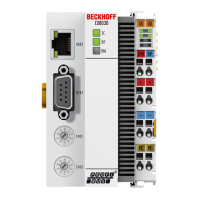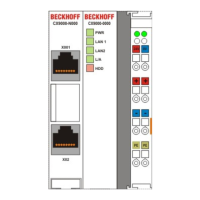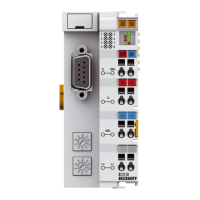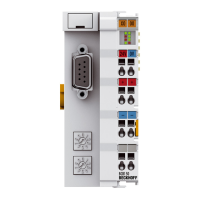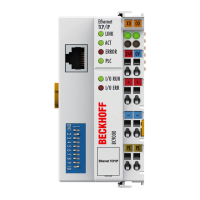Programming
Bit Name Comment
CW.3 Reserved - -
CW.2 IR
(InitRequest)
1
bin
The controller requests
terminal for initialization.
The send and receive
functions are blocked, the
FIFO indicators are reset,
and the interface is again
initialized with the value.
The interface
acknowledges completion
of the initialization via bit
SW.2 (IA).
0
bin
The controller once again
requests the interface to
prepare for serial data
exchange.
CW.1 RA
(ReceiveAccepted)
toggle The controller
acknowledges receipt of
data by changing the state
of this bit. Only then new
data can be transferred
from the interface to the
controller.
CW.0 TR
(TransmitRequest)
toggle Via a change of state of
this bit the controller
notifies the interface that
the DataOut bytes contain
the number of bytes
indicated via the OL bits.
The interface
acknowledges receipt of
the data in the status byte
via a change of state of
word SW.0 (TA). Only
now new data can be
transferred from the
controller to the interface.
Table2: Status word
Bit 15 14 13 12 11 10 09 08 07 06 05 04 03 02 01 00
Nam
e
Length of data in the buffer ((IL bits) BUF
_F
IA RR TA
Legend
CX8080 43Version: 1.0.0
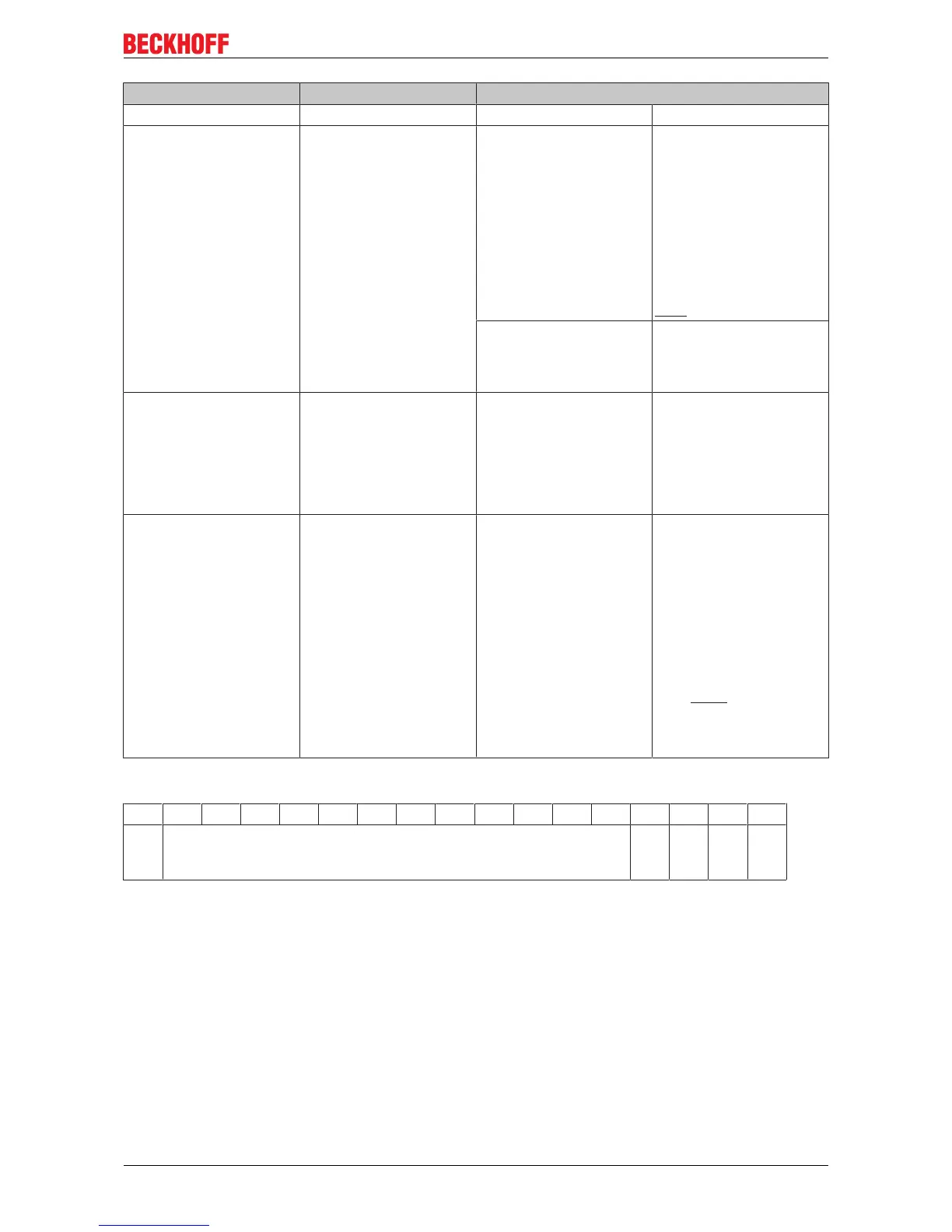